Classic Clash: ’69 Pontiac GTO vs ’69 Dodge Charger
One sparked the muscle car craze; the other became a NASCAR legend and television icon.
Peak Muscle Car
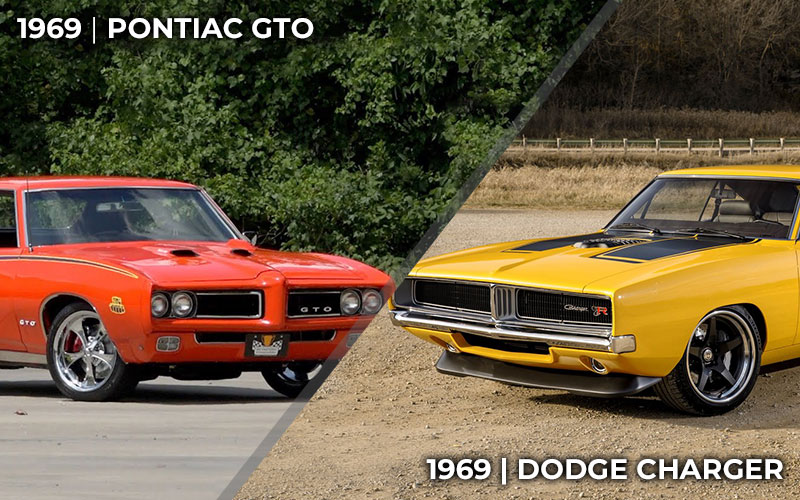
Few debates in automotive circles get as passionate and contentious as those surrounding the “best” muscle car. Among the relevant criteria are looks, sound, power, durability, and raw speed. Camps divide and subdivide between Detroit’s Big Three, Ford, GM, and Chrysler, and sub-brands like Pontiac and Dodge. Perhaps most inspired are takes on the individual cars and model years, with the superiority of the 1970 Mustang vs ’68 Camaro hotly contested.
As numerous as the choices may be, even among classic muscle cars, few head-to-head debates come close to the 1969 Dodge Charger and the 1969 Pontiac GTO. That because, that 1969 model year was, arguably, the pinnacle for both of these storied cars. The monikers of “The Judge” and “The General Lee” transcended the merely automotive and broke through to wider pop culture. And at the same time, the GTO and Charger were among the baddest and fastest cars in an automotive era defined by street presence and quarter mile times.
Daytona and the Dukes
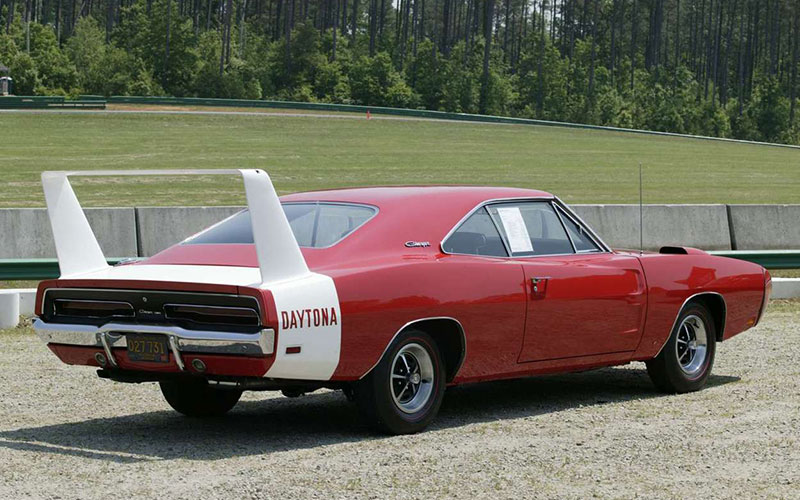
By 1964, Chrysler was a clear step behind GM and Ford in the newly emerging youth sports car market. The Mustang was a surprise hit for Ford that year and the GTO was quickly redefining the sports car as something tougher and meaner than dad’s European runabout. Plymouth already had an answer in the Barracuda, which had actually narrowly beaten the Mustang to market. But sister brand Dodge was desperate for their own slice of the muscle car pie.
Enter the Dodge Dart GT Charger in 1964. The Polara-based car may have been the first to carry the Charger name, but Dodge knew it was merely a place holder for something bigger. Mid-1966 a new Charger, this time based on the Coronet’s platform, debuted. A wide selection of V8s were available, ranging from 318 CID (5.2L) all the way to a 426 (7.0L) Hemi or a 440 (7.2L) CID. A redesign in 1968 gave the Charger “Coke bottle” contouring and new styling both front and back. For 1969, the grille was revised along with the taillights.
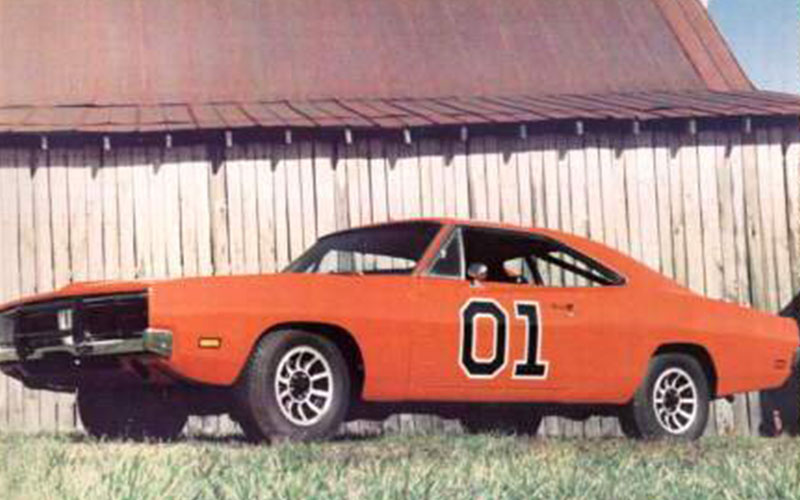
The 1969 Dodge Charger has two noteworthy incarnations. The first is the Dodge Charger Daytona, which, along with its sister car the Plymouth Roadrunner “Superbird”, was a homologation special for NASCAR competition. The Charger Daytona is instantly recognizable for its 18-inch nose cone and giant 23-inch rear wing. Both features were innovative aero-bits which gave the Daytona twins a decided competitive advantage. So much so, that NASCAR effectively banned the cars by limiting any car carrying such aerodynamics to a maximum displacement of 305 CID (5.0L).
The second but easily the best-known Charger is “The General Lee” from the 1980s television show The Dukes of Hazard. Weekly the Duke boys, Bo and Luke, would take Sheriff Roscoe P. Coltrane and Boss Hogg on a merry chase through Hazard County, invariably featuring the bright orange Charger doing a jump. Famously, some 300 Chargers were destroyed during the show’s run. You can read more about the General Lee and the Duke boys here.
“Here Comes the Judge”
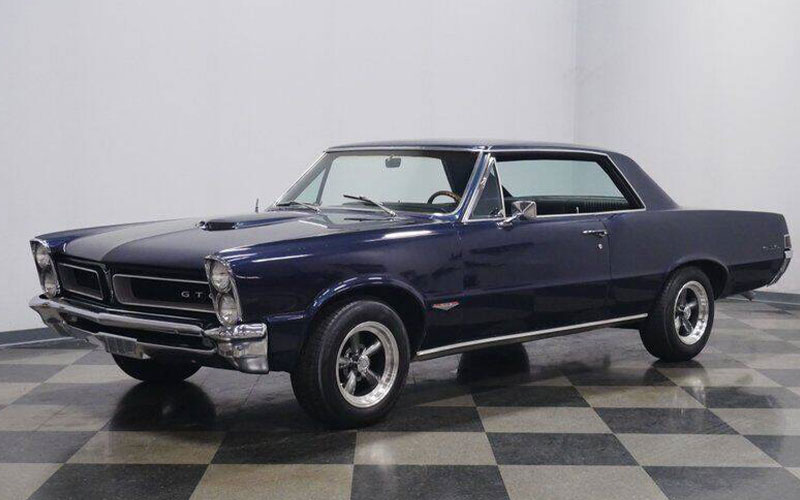
In the early 1960s, Detroit’s Big Three were operating under an agreement to limit engine displacement and stay out of competitive racing. Though racing participation and success had been powerful sales drivers, the inherently lethal dangers of professional racing was rendering any connection untenable.
But despite a nominal agreement to stay out of racing, some at GM’s Pontiac division were growing restless. Like Ford, they too keyed in on a loophole in the agreement that allowed for larger displacement engines to be offered as factory options. Into this gap leapt John DeLorean, Jim Wanger, and Pontiac head Elliot “Pete” Estes.
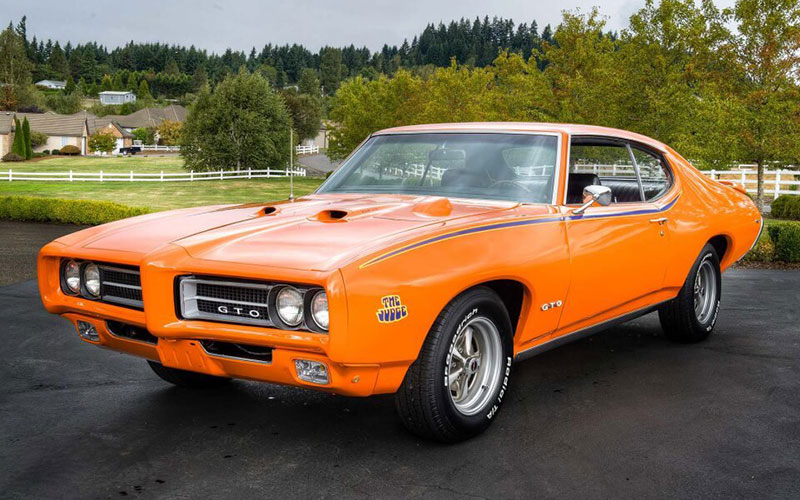
Starting in 1964, the Pontiac Tempest Le Mans was given a new GTO (Grand Turismo Omologato) package that carried a 389 CID (6.4L) V8 under the hood. The stoutly proportioned Le Mans GTO featured the now classic long hood, short deck design that became the signature aesthetic of the muscle car. By 1966, the GTO would get its own model and a redesign for 1968 gave it a semi-fastback slope, a shortened the wheel-base, and horizontal quad headlights. Top V8 options included a 400 CID (6.6L) V8 and a 455 CID (7.5L) V8.
For 1969, the GTO added a new set of Ram Air engine options that included a new high-flow exhaust manifold, a high-rise aluminum intake manifold, and four-barrel carburetors. The Ram Air 400 came as standard equipment in the newest GTO variant dubbed “The Judge”. The Judge was a stripped-down version of the GTO that combined weight savings with performance goodies like a Hurst shifter, rear spoiler and Ram Air IV making 370 horsepower and 445 lb-ft of torque. The catchy name, “the Judge,” might sound intimidating to modern ears, but its origins actually trace back to an episode of Rowan and Martin’s Laugh-In in which Sammy Davis Jr. plays the part of a goofy justice with the line “here comes the judge.” Even so, every car guy knew what “The Judge” decal on your GTO really signified.
How They Match Up Then and Today
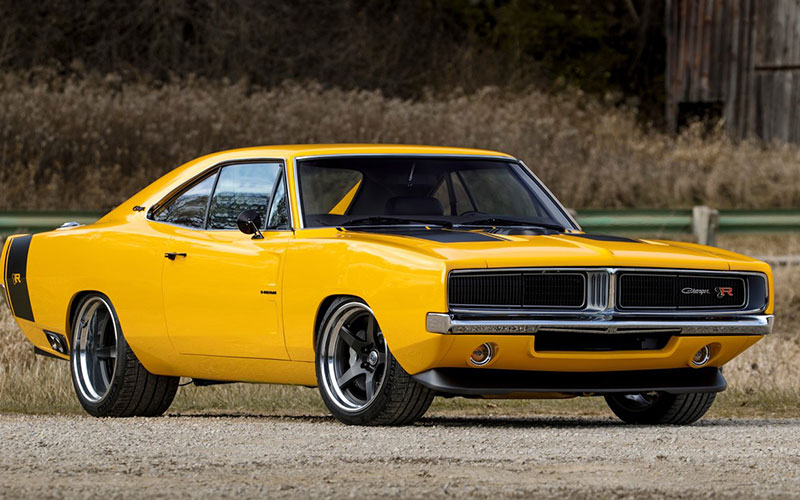
Comparing the two cars, it’s easy to conclude the dual legacies of being both a NASCAR and a television legend makes the ’69 Dodge Charger the clear winner. And yet, it’s the GTO, with its tough guy demeanor and sick nickname that’s my pick for the better, badder muscle car. Heck, the GTO is largely credited as the first “muscle” car while the Barracuda and Mustang are left to contend for first true “pony” car.
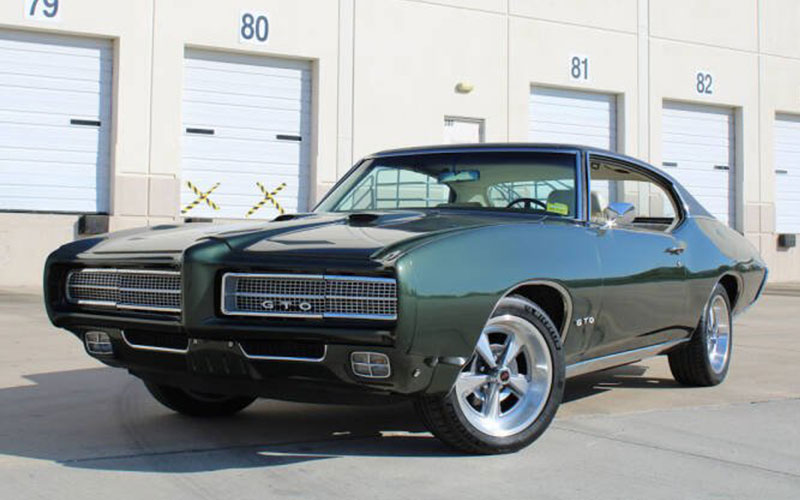
Even if it looks the more choice of the two, today’s secondary market has a clear preference for the Charger. This despite the greater number of ’69 Chargers built compared to the ’69 GTO (89,199 to 72,287). Today, you’ll typically find 69 Dodge Chargers going for between $70,000 and $100,000. The GTO meanwhile can be had for closer to $50,000. (Yes, if you thought the new and used market for regular cars have gone a bit crazy, just take a look where classic muscle car prices are at).


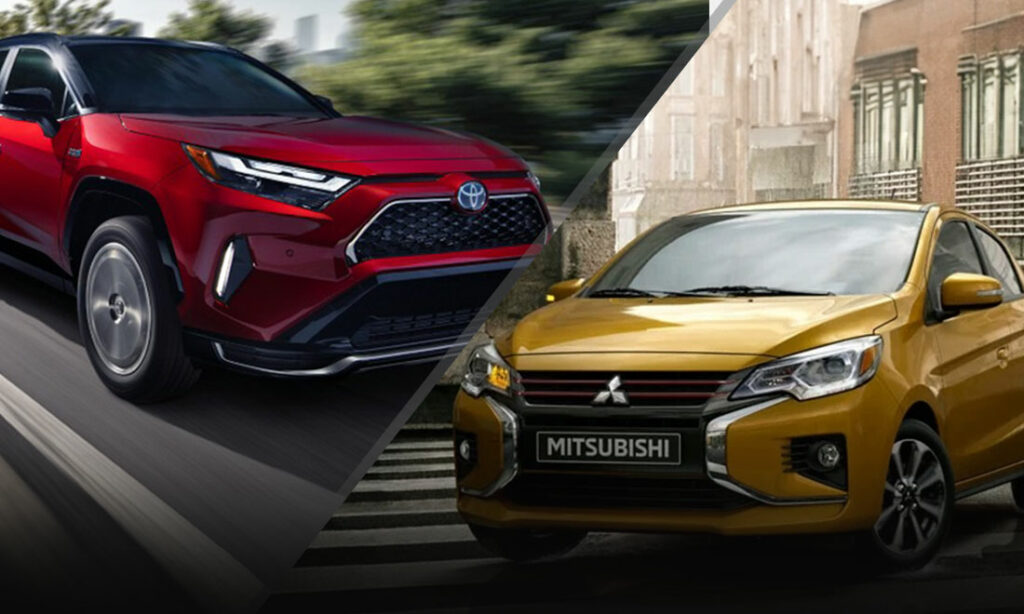
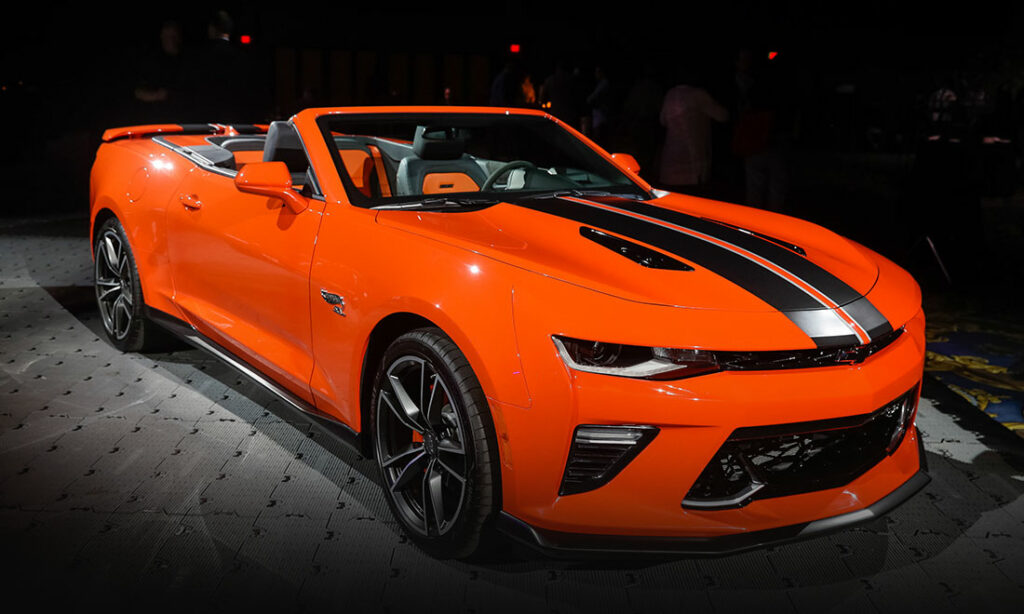
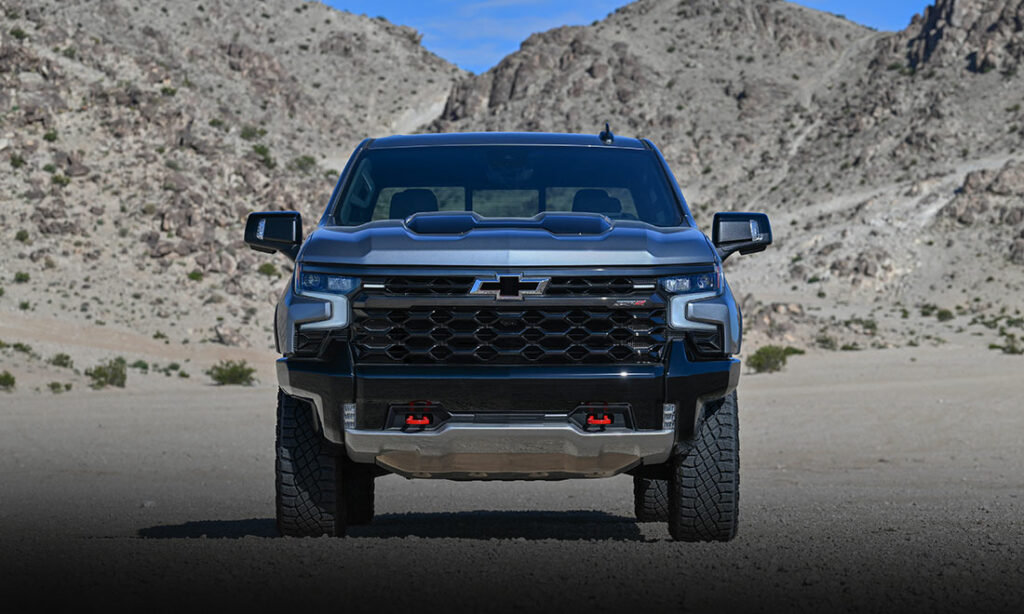










The best “Muscle Car” was determined far more by who owned it and drove it rather than by who manufacturered it.
I always found it interesting that the TV show chose the uni-body Charger, with its lack of a full perimeter frame to do the “jumps” the show required. And while I don’t think we can conclusively say that a full perimeter-frame car (such as the GTO or Chevelle SS396) would have done better, it seems inherently logical that the show’s producers would not have destroyed 300 cars in filming the series – if they had used a GM mid-size muscle car.